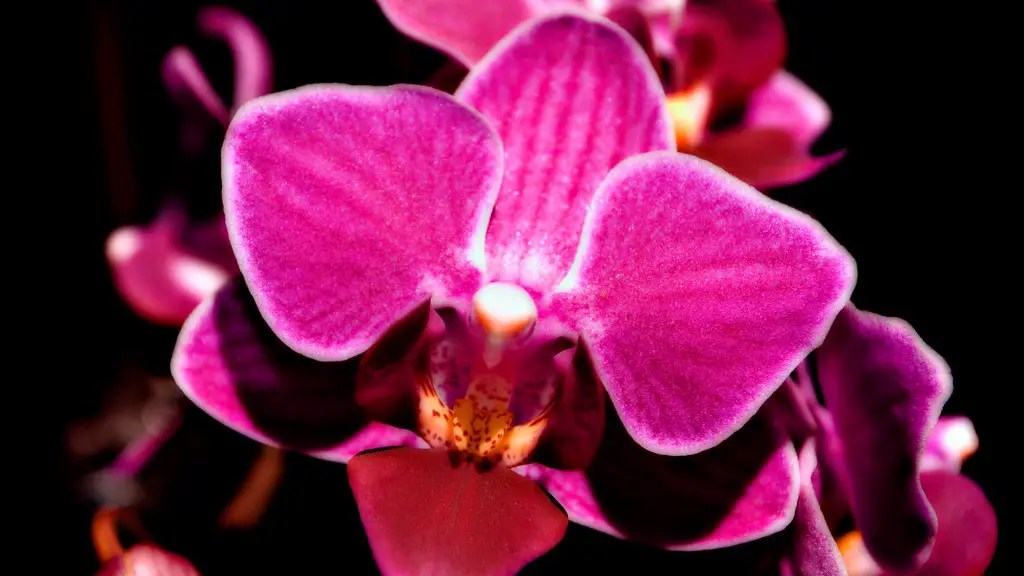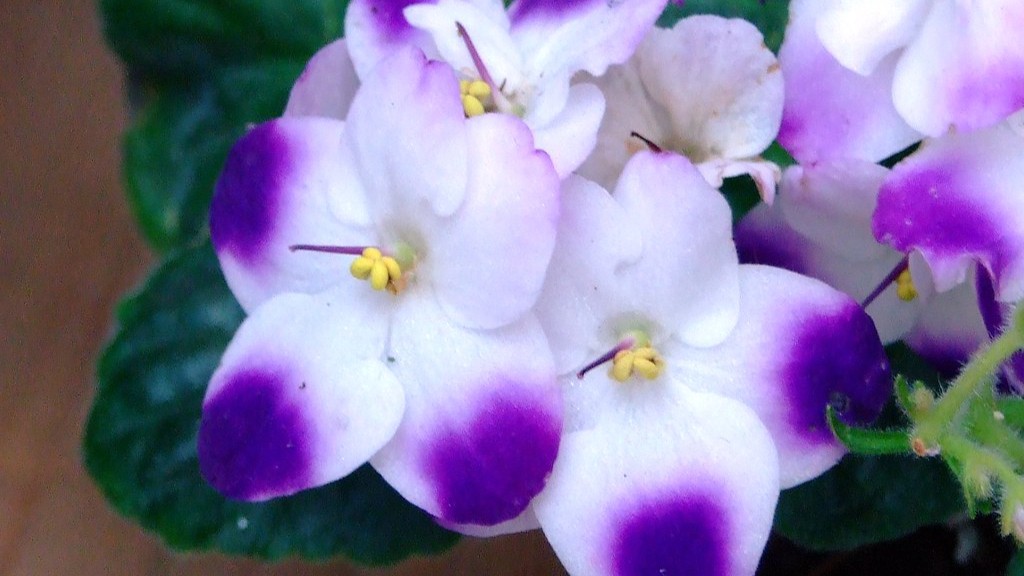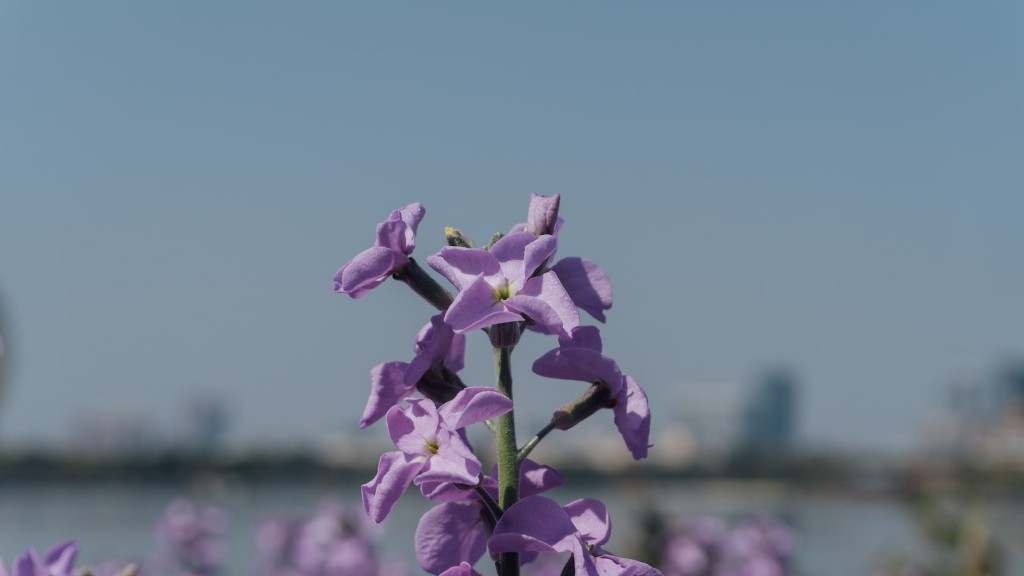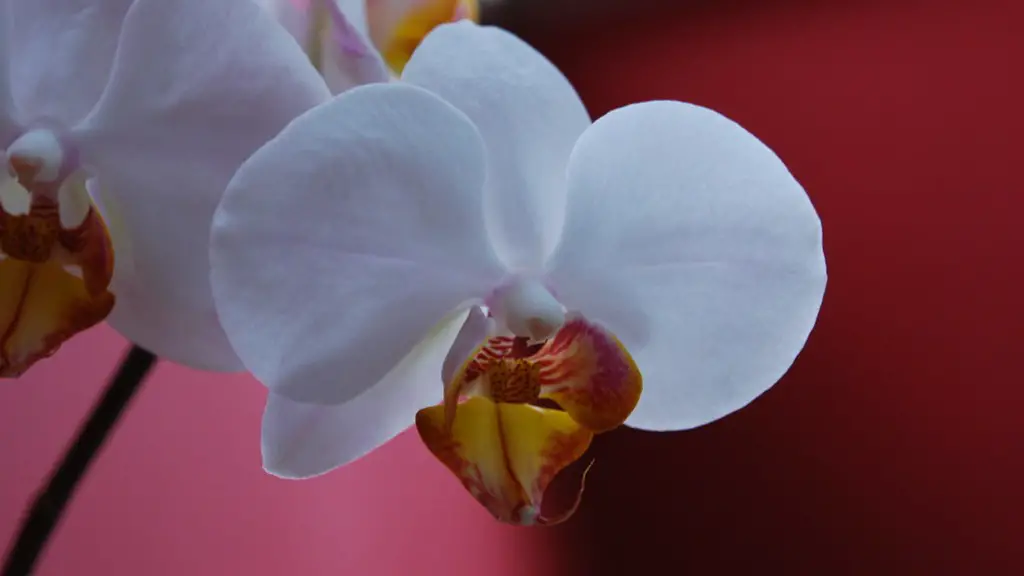Mini phalaenopsis orchids are one of the most popular types of orchids due to their ease of care and beautiful flowers. The following tips will help you keep your mini phalaenopsis orchid healthy and blooming for many years to come.
Water your mini phalaenopsis orchid once a week, making sure to thoroughly soak the roots. Allow the water to drain completely before placing the orchid back in its pot.
Fertilize your orchid every other week using a balanced fertilizer formulated for orchids.
Place your orchid in a bright location, but out of direct sunlight. An east-facing window is ideal.
mini phalaenopsis orchids thrive in humidity, so mist the leaves daily or set the pot on a pebble tray filled with water.
Be sure to provide good air circulation around your orchid.
For best results, grow your mini Phalaenopsis orchid in a pot with drainage holes and use a well-draining bark-based potting mix. Water your plant thoroughly, allowing the excess water to drain away. Wait until the potting mix is dry to the touch before watering again. Fertilize your orchid every other week during the growing season (spring and summer) with a water-soluble fertilizer formulated for orchids. Reduce watering and fertilizer over the winter months.
Place your mini Phalaenopsis orchid in an east- or west-facing window out of direct sunlight. An eastern exposure is best in the morning, while a western exposure is best in the afternoon. daylength isn’t as critical for mini Phalaenopsis as it is for some other orchid species, but too much direct sunlight can heat up the miniature leaves and cause them to discolor or scorch.
Miniatures appreciate gentle air movement, so consider placing a fan on a low setting near your plants. You can also use an oscillating fan to create soft movement, but be sure to keep the fan at least a few feet away from your orchids to avoid damaging their delicate leaves.
How do you take care of a mini orchid indoors?
Orchids are one of the most beautiful and exotic flowers in the world, and they come in all shapes and sizes. Mini orchids are just as lovely as their full-sized counterparts, but they have different care needs. Here’s what you need to know to keep your mini orchid healthy and thriving.
Mini orchids need the same things that full-sized Phals need: the proper amount of water, indirect sunlight, regulated temperature, and a fairly high humidity level (between 55 and 75 percent). The seasonal care for mini orchids is also comparable to full-sized plants.
To water your mini orchid, use a watering can with a long, thin spout to avoid damaging the delicate roots. Water the plant until the potting mix is evenly moistened, but don’t let the plant sit in water. Allow the pot to drain completely before putting it back in its spot.
indirect sunlight is best for mini orchids, so place them near a window where they will get bright, filtered light. Avoid direct sunlight, which can burn the leaves.
Mini orchids like a fairly consistent temperature, so try to keep the room where they are located between 65 and 80 degrees Fahrenheit.
When you bring your orchid home, place it in a bright spot, but not in direct sun. Orchids are sensitive to cold and drafts, so keep them away from vents and outside doors. Feed once a month with an orchid fertilizer. After all of the orchid flowers have withered, cut back the stem halfway.
How do you keep Phalaenopsis orchids alive indoors
Orchids are beautiful, delicate flowers that can be a bit finicky to care for. But with a little patience and attention, you can keep your orchid alive and blooming for years to come! Here are five tips to help you out:
1. Let there be light. Orchids need bright, indirect sunlight to thrive. An east-facing window that gets morning light is ideal.
2. Not too hot, not too cold. Phalaelnopsis orchids are happy in the same temps we are: above 60º at night and between 70º and 80º during the day.
3. Cut spent blooms. This will encourage your orchid to produce more flowers.
4. Remember food and water. Orchids need to be fertilized regularly, and they like to be watered with ice cubes or rainwater.
5. Repot on occasion. This will help to refresh the potting mix and give your orchid a new lease on life.
Orchids are one of the most beautiful and popular flowers in the world. They are also one of the most finicky, which is why it is important to understand their watering needs. Orchids should be watered every 1 to 2 weeks, as needed – depending on the temperature, humidity, air circulation, and light levels of your home. Like larger Orchids, mini Orchids can be allowed to dry it slightly in between waterings without any issues.
Should you mist mini orchid?
If you want to keep your mini orchid healthy, it’s important to provide it with humid conditions. One way to do this is to mist the leaves of the plant every day or two. This will help to mimic the humidity that the plant needs. If this does not work, you can also try running a humidifier in the same room during the day.
If you want your orchid to bloom again, follow these simple steps. Continue to water your orchid with 3 ice cubes once a week. Fertilize your orchid once or twice a month using a balanced houseplant fertilizer at half strength. Help your orchids grow by providing plenty of indirect sunlight. Put your orchid in a cooler spot at night.
What does an orchid look like when it needs to be repotted?
It is time to re-pot your orchid when their roots start to push the plant up above the rim of the pot or reach out into the air. This is a sign that the plant has run out of room and needs more space to grow.
If you want to help your orchid rebloom, start by giving it more attention than usual. This may include more watering, fertilizing, and even repotting. The dormancy stage usually lasts about six to nine months, so be patient and give your orchid the care it needs. With a little time and effort, you’ll be rewarded with a beautiful rebloom.
Why is my mini orchid dying
It is important to find the right balance when watering your plants. Overwatering and underwatering are the most common reasons that plants die. Most people end up guessing about the plant’s watering needs and either overdo it or don’t do it enough. Even though orchids can go dormant, they also can die simply because plants do have a lifecycle and will die at some point, too. Find out what types of plants you have and research the best watering practices for those plants. Your local nursery or gardening store can also be a great resource for this information. With a little care and attention, you can help your plants stay healthy and avoid some of the most common reasons for plant death.
The most important thing to remember when deadheading orchids is to sterilize your pruning tools before each use. This will help to prevent the spread of disease from one plant to another. To sterilize your tools, simply dipped them in a solution of one part bleach to nine parts water.
How long should I soak my Phalaenopsis orchid?
Orchids need to be soaked for about 10 minutes to ensure they are properly saturated. Allow the water to drain out completely afterwards; orchids like a good soak but don’t tolerate sitting in water. Uneven watering will result in shallow or uneven root growth. After you have watered your orchid, feel the weight of the container; it will be heavy.
When purchasing your orchid, ask the store to wrap the plant to protect it from temperature extremes once it leaves the store Bring the plants home as soon as you are able Once at home, keep the orchid at 60-65⁰F at night and 70-85⁰F during the day. By following these simple tips, you will ensure that your orchid has everything it needs to thrive!
Do I water orchid from top or bottom
Orchids are beautiful and delicate flowers that need special care to thrive. One way to provide the extra care they need is to set them on top of pebbles in a tray filled with water. The water will evaporate and humidify the air around the plant, giving the orchid the extra humidity it needs.
When watering an orchid plant, you should use soft water that doesn’t contain any salts. Chlorinated tap water is also okay to use, as long as the chlorine levels aren’t too high. However, the best water to use is collected rainwater or distilled water from the store.
How often should you spray an orchid with water?
You should mist your orchid with a spray bottle daily. This will give the orchid more humidity, but will not create a soggy root environment. It is best to put your orchid where it will receive medium indirect sunlight.
The best place to grow orchids is in a south or east-facing window. This is because west windows are usually too hot, while northern windows are too dark. If you can’t find a good location to grow your orchids, you can place them under artificial lights.
Do mini orchids need to be repotted
Orchids should be repotted after they have finished blooming. Trim the plant spike one inch above the top node if the spike is still green and healthy; one inch above the bottom node if the spike has turned yellow or brown.
An orchid is a very delicate plant and there are certain things you should not do with them in order to keep them healthy. Some of these things include: overwatering them, pouring water on the crown, planting them in regular soil, placing them in direct sunlight, and spraying water on the flowers.
Final Words
The mini phalaenopsis orchid is a beautiful, delicate flower that requires a bit of extra care to maintain. Here are a few tips on how to care for your mini phalaenopsis orchid:
-Place your orchid in a location with bright, indirect light. Too much direct sunlight can damage the leaves.
-Water your orchid regularly, making sure to allow the soil to dry out completely between waterings.
-Fertilize your orchid every other week with a diluted fertilizer solution.
-Humidity is important for orchids, so mist the leaves of your plant daily or place it on a pebble tray filled with water.
-When repotting your orchid, be sure to use a well-draining potting mix. Bury the roots up to the base of the leaves, and water well.
While mini phalaenopsis orchids are small, they still require the same level of care as a regular sized phalaenopsis orchid. They need to be in a bright, indirect light and the perfect temperature is between 18-22 degrees Celsius. The mini phalaenopsis orchid should also be evenly watered, allowing the potting mix to dry out in between waterings. With the right care, your mini phalaenopsis orchid will bloom for years to come.





